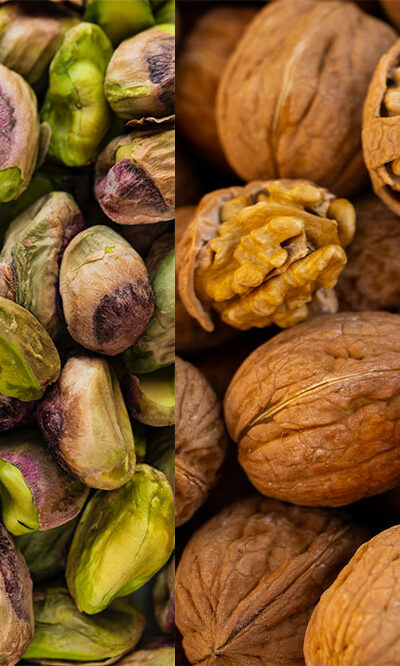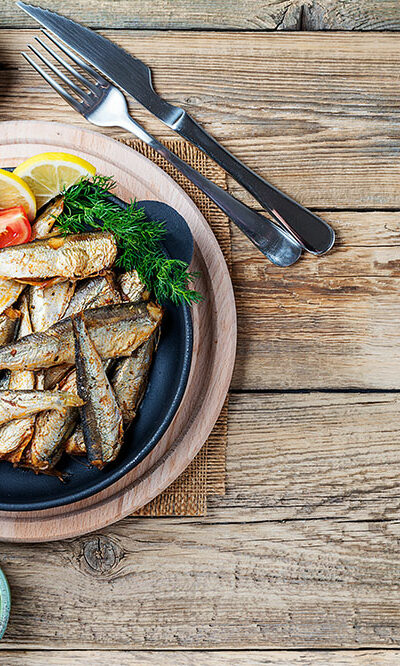
All You Need to Know about Meningitis
Have you ever heard about meningitis? Do you know what it is and what are all the things that are related to it? Is meningitis contagious? These are some of the common questions about meningitis. The fact of the matter is that many people are not completely aware of this disease. However, as it turns out, this is one of the most serious diseases. An acute inflammation of the meninges (the protective membranes that cover the brain and spinal cord) is known as meningitis. As it affects the membrane that protects the brain, this disease is dangerous. According to the statistics, there were around 4,100 cases of bacterial meningitis each year from 2003 to 2007, and 500 of those cases were fatal. Meningitis is a disease that is found in various parts of the world. It has many types, of which bacterial meningitis is the most common. And sometimes the symptoms vary based on the age too. Types, causes, and symptoms of meningitis Bacterial meningitis Bacterial meningitis is caused by the bacteria that enter the bloodstream and travel to the brain and the spinal cord. This can also happen if the bacteria invade the meninges directly. The causes for this are skull fracture, an ear or sinus infection, and sometimes surgeries. The symptoms in this type of meningitis usually develop suddenly. Altered mental status, nausea, vomiting, sensitivity to light, irritability, headache, fever, chills, stiff neck, drowsiness, and lethargy are some of the symptoms of bacterial meningitis. One should seek immediate medical attention if he or she notices any of the above symptoms as bacterial and another type of meningitis called viral meningitis can be very dangerous and lethal. Viral meningitis Viral meningitis is mild in nature and mostly clears on its own. Most of the cases of this disease in the country are due to a group of viruses named enteroviruses.










